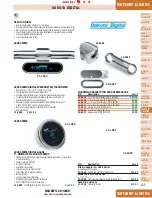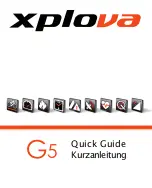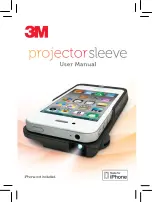
SENSORSYSTEM Ro 130
2.2 Mode of operation
DESCRIPTION
2-2
6.453 – 01/2006
2.2 Mode of operation
The sensor system operates on the basis of the eddy current principle in
accordance with EN 12084. Rotating systems are used to detect longitu-
dinal surface defects. Probes rotate at high speed and without physical
contact around the test piece. By feeding the material the probes scan the
surface in helical paths.
Due to the locally high resolution of the probes and the transverse move-
ment across the crack by each revolution, this is the most sensitive
method for detecting longitudinal defects.
Any time a probe crosses a crack , it generates a signal. Thus, the rotat-
ing system generates a high number of consecutive signals that reliably
indicate a flaw of a certain length.
The testing speed is a result of the number of rotating probes, integrated
in the Ro 130, the track width of all probes, and the rotating speed (rpm).
The helical path of all probes must be side by side to guarantee a fully
gapless scan.
The signals recorded by the probes are transferred from the sensor sys-
tem to the test electronics for evaluation.
The primary power supply and the secondary signal of the probes are
transmitted by rotating inductive transmitters without physical contact.
Signal generation during
rotary testing
Test tracks and flaw signals
of a rotating probe
Test tracks of two test heads
with 2 probes each
offset by 180º
Summary of Contents for 6.453
Page 1: ...CIRCOGRAPH DS Sensor system Ro 130 6 453 Operating Instructions...
Page 2: ......
Page 8: ...SENSORSYSTEM Ro 130 CONTENTS 4 6 453 01 2006 Notes...
Page 14: ...SENSORSYSTEM Ro 130 1 6 6 453 01 2006 Notes...
Page 32: ...SENSORSYSTEM Ro 130 2 7 Standard Components DESCRIPTION 2 18 6 453 01 2006 Notes...
Page 52: ...SENSORSYSTEM Ro 130 4 5 Switching on motor OPERATION 4 18 6 453 01 2006 Notes...
Page 66: ...SENSORSYSTEM Ro 130 5 7 List of parts subject to wear MAINTENANCE 5 14 6 453 01 2006 Notes...
















































